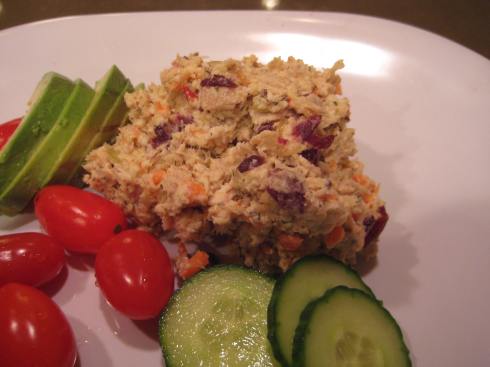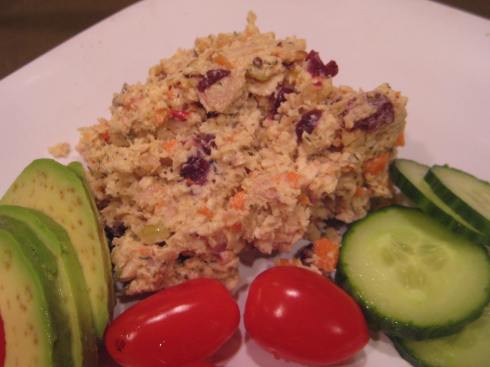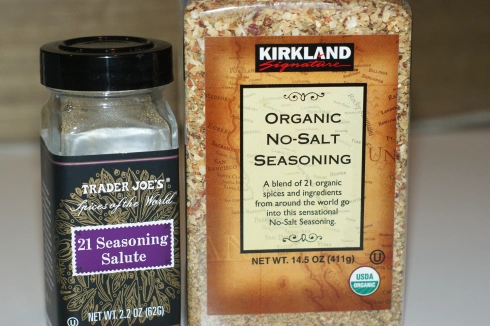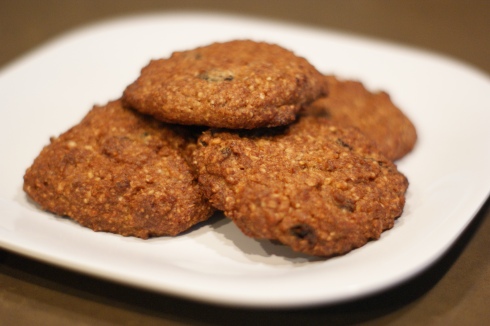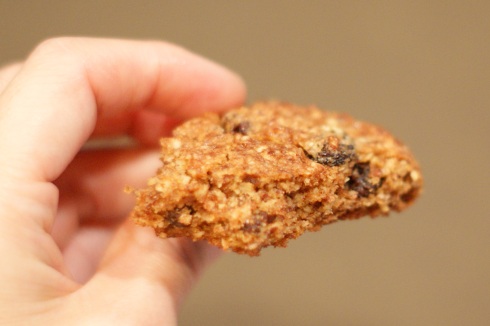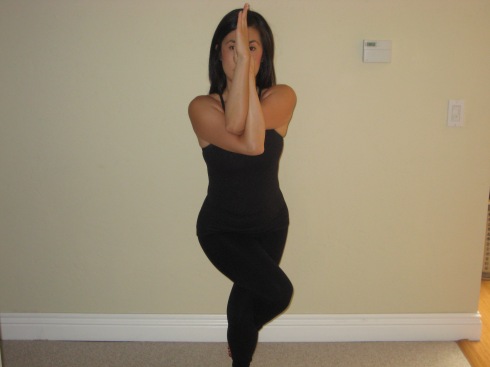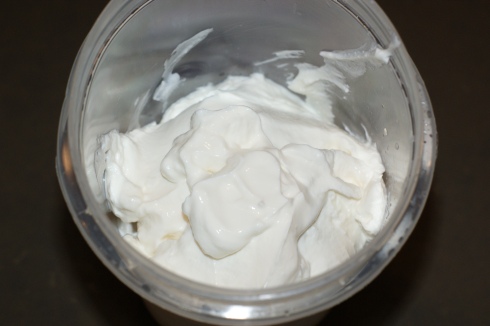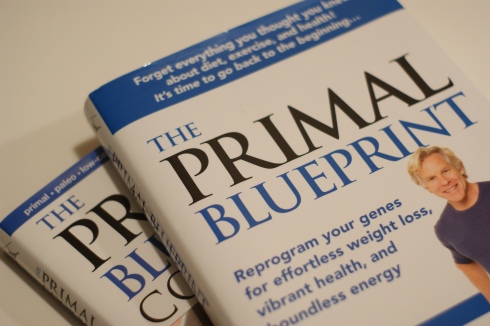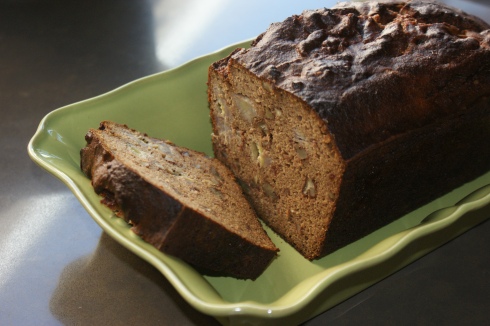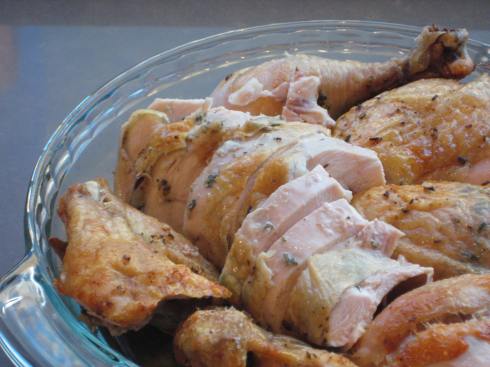
Once you see the photo that follows, you will think I am totally corny for the naming the title of this post. The truth is, though, that this is just straight up, good roast chicken. I debated whether to even post the recipe since it’s so straight forward and simple and so many people already know how to roast a chicken. But if you are one of those who could use a little help, read on.
I used to be a huge fan of the rotisserie chicken at Costco. It was so convenient to stop in after work, pick one up and have dinner ready in no time. The chicken was always tender and flavorful and I wish I knew what Costco uses to season it. The best part was how cheap it was – you could get several meals for two people out of one bird for less than $5. But cheap meat probably isn’t the healthiest kind, so now I make my own. It’s easy to do, doesn’t require much preparation and the cooked chicken can be used in so many different ways. After a meal of roast chicken, I use the leftovers for chicken salad, throw it in a frittata, add it to some lettuce wraps, make soup with it, or just eat it cold out of the fridge. It makes such a regular appearance in my kitchen that, like other things I cook a lot, I don’t really measure anything out any more. Honestly, it’s tough to mess this one up but I have provided some guidelines on the ingredients.
I prefer to roast a whole chicken, as opposed to one that is cut up, because you get more flavor with a whole bird. The skin and bones also keep the chicken from drying out during the cooking process. I roast my chicken by standing it up using something similar to this thing . It’s based on the beer can chicken and it’s great because it lets the fat and liquid drip away and keeps the skin crispy. The canister in the middle can be filled with beer, wine, stock or liquid of your choice and it helps to steam the chicken from the inside. Add some bay leaves, lemon or garlic to the liquid and it adds even more flavor.
. It’s based on the beer can chicken and it’s great because it lets the fat and liquid drip away and keeps the skin crispy. The canister in the middle can be filled with beer, wine, stock or liquid of your choice and it helps to steam the chicken from the inside. Add some bay leaves, lemon or garlic to the liquid and it adds even more flavor.
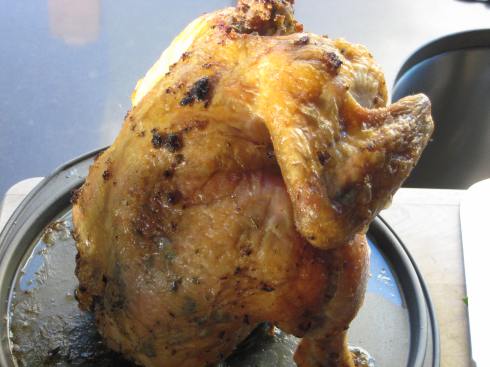
Straight Up Roast Chicken
Makes 1 chicken, feeds about 4 people
1 4 to 5-pound organic whole chicken, room temperature
1 teaspoon fresh rosemary, minced
1 teaspoon fresh thyme, minced
1 teaspoon fresh parsley, minced
1 tablespoon salt
1 tablespoon Trader Joe’s 21 Seasoning Salute (or your favorite herb seasoning)
1 cup of beer, wine, or chicken stock
Bacon drippings (or your choice of fat), melted
- Preheat the oven to 375 degrees F.
- Combine the rosemary, thyme, parsley, salt and herb seasoning in a small bowl and mix well.
- Pour the beer/wine/stock into the center canister of the vertical chicken roaster.
- Rinse the chicken inside and out and pat dry with paper towel. Removing excess moisture will ensure a crisp skin.
- Separate the skin from the flesh of the chicken on the breast, thighs, and back. Be sure to do this gently without breaking the skin.
- Brush or rub bacon drippings on the outside of the chicken and in between the skin.
- Rub the herb and salt mixture in between the skin and on the outside of chicken so it’s well coated.
- Place chicken vertically on the chicken roaster and tuck tips of wings under so they won’t burn.
- Place roaster in oven and cook for 45 minutes to 1 hour or until the internal temperature reads at least 170 degrees F.
- Let chicken rest for 15 to 20 minutes before carving.

